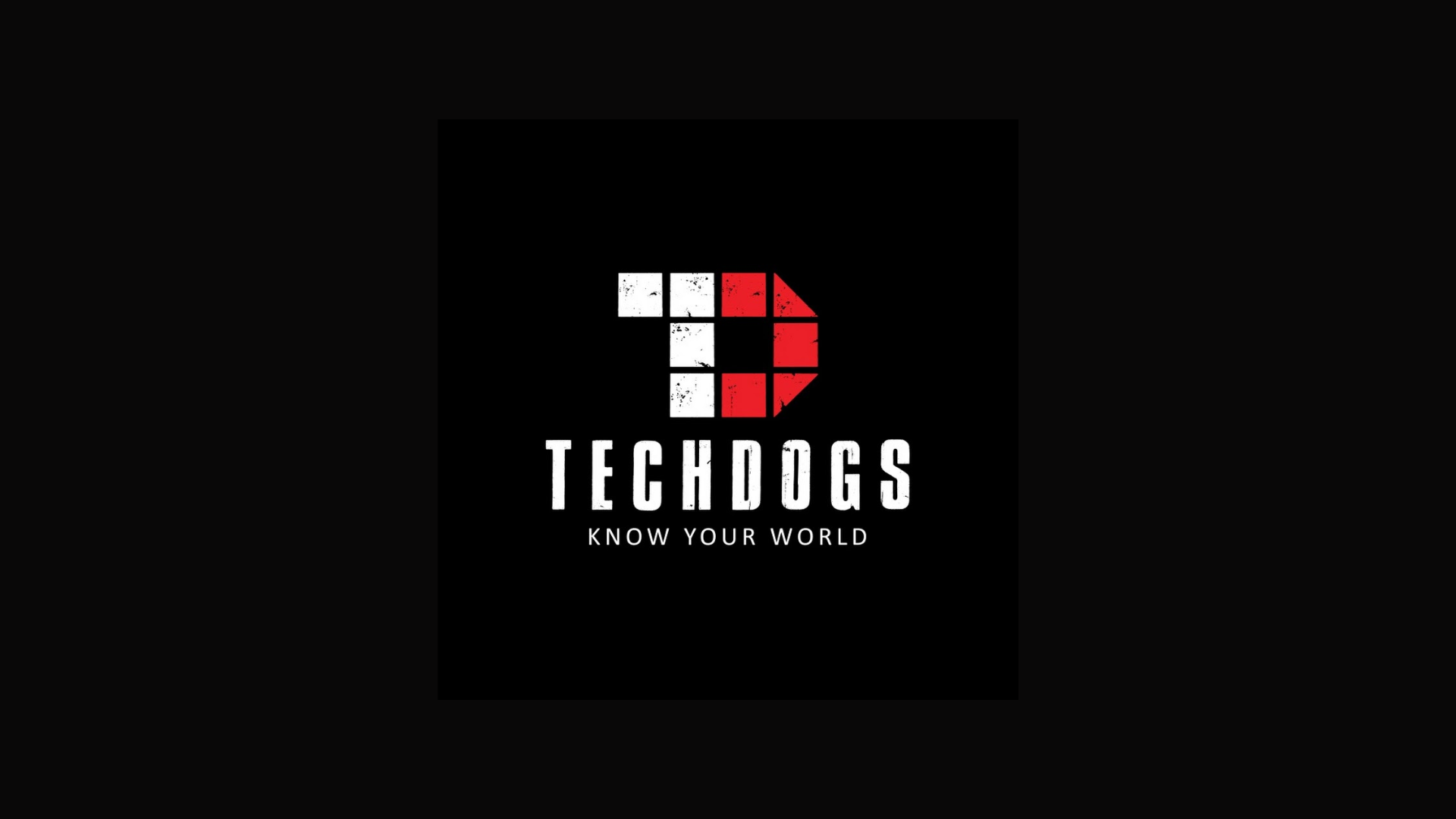What made you want to start a career in marketing and specifically in the media industry?
I didn’t arrive in marketing through a straight line. It was more like connecting dots across science, psychology, storytelling, and tech. I started out in biotech and later earned a master’s in bioinformatics, which taught me how to work with complexity, data, and systems thinking. But over time, I realized I was more drawn to understanding human systems; why people think the way they do, what influences their decisions, and how narratives shape action.
That curiosity led me through sales, psychometric consulting, business advisory, and even creative domains like VFX, VR, and AR. Each stop added a layer: behaviour, emotion, technology, and strategy. Marketing became the space where all of it could coexist and thrive.
As for media, it is the real amplifier. It does not just tell stories. It shapes what the market talks about, what businesses focus on, and how trust is built. For me, media is not just a channel. It is leverage. And combining that with marketing gives you the ability to not just react to change but influence it.
What appealed to you about working for a tech publication like TechDogs?
What really drew me to TechDogs was the chance to build something from the ground up and rethink how B2B tech marketing is done. Most B2B content out there is dry, packed with jargon, and optimized for algorithms, not actual readers. It explains what a technology does but rarely explores why it matters or how it fits into real business decisions.
At TechDogs, we wanted to change that. Our goal was to create content that is not just informative but genuinely engaging, simplified, decoded, and actionable. Whether we are talking about consumer, emerging, enterprise, financial, health, human resource, information, or marketing technologies, we try to make complex tech feel accessible, relevant, and even exciting. That mindset of making B2B content more human is what pulled me in.
And it is not just about storytelling for its own sake. That same approach helps businesses market themselves better. When brands learn to speak clearly, tell meaningful stories, and connect with people instead of just pitching features, they do not just get more visibility. They build more trust. That is the real value we deliver.
Given the dynamic nature of the industry you work in and write about, how do you stay up to date with the latest developments in both the marketing and tech sectors?
I have always believed that staying current is not just about reading more. It is about being intentional with what you consume, and why. My day usually starts with a mix of analyst updates, martech and product news, and signals from thought leaders I trust. Not just the loudest ones, but the ones who consistently ask the right questions. I also make it a point to keep an ear to the ground through conversations with clients, founders, and peers. Often, the most useful insights come from listening carefully to real business challenges, not press releases.
Hosting two podcasts, Discover Dialogues and Marketing Growth Fuel, has added a new layer of insight. One brings in strategic conversations with CXOs and business leaders shaping what is next. The other dives deep into practical marketing moves, what is working, what is not, and why. These conversations have become a continuous feedback loop from the field, giving me access to both frontline thinking and long-term strategy.
With the regular discussions and reviews we run at TechDogs and through Vik’s M.I.X., my weekly LinkedIn newsletter where I explore the shifts shaping marketing, growth, and tech adoption, I get to connect the dots between what the industry is saying and what decision-makers actually need.
The events season is in full swing at the moment. Are you planning on attending any conferences? If so, what’s the best way and time for comms people to get in touch with you and let you know about one of our clients being available at the show for an interview?
Yes, I do attend events, especially those focused on marketing, AI, and emerging tech. If they are in India or Southeast Asia, I am often open to attending in person. For global events, I usually prefer virtual participation unless there is a very strong alignment.
The best way to reach me is via LinkedIn or email. I am quick to respond if the outreach is clear and relevant. Just include a brief context, who the spokesperson is, what they bring to the table, and how it connects to current conversations in the industry. If it is timely and thought-provoking, I am usually open to an interview.
Finally, I’d love to ask you about AI. As both a marketer and a journalist, I can only assume it’s something you hear about daily. Some say that GenAI tools are threatening journalism when others are embracing it. What are your thoughts on the matter? Are you using AI tools yourself?
AI is no longer just a trend. It is now a part of the daily fabric of how we think, work, and create. From a marketing lens, it has become an essential tool. It allows teams to work more efficiently, generate variations faster, and shift from manual execution to high-level strategy. Whether it is content optimization, dynamic targeting, or predictive analytics, the use cases are expanding quickly. We are already seeing how it can reduce time-to-campaign, unlock better personalization, and improve decision-making based on real-time signals.
From a journalism and editorial perspective, my approach is more measured. AI can help with structuring information, summarizing research, and even offering starting points for content. But what it cannot do is bring intuition, cultural context, or a differentiated voice. Those are still deeply human. At TechDogs, we use AI tools to support research and workflow acceleration, but we draw a clear line. The thinking, tone, and storytelling are ours. The technology assists the process, not the point of view.
There is a larger question here that goes beyond productivity. Are we using AI to genuinely add value, or are we using it to fill gaps faster? The risk is not that AI replaces good work. The risk is that it enables more mediocre work, at scale. And that is where leadership matters. You need clear editorial judgment, brand alignment, and a commitment to quality. This is especially important in a world where content is being generated at record speed.
In short, I see AI as a powerful co-creator when used with care. It is not a threat unless we allow it to replace the very things that make our work meaningful. For marketers and journalists alike, the opportunity lies in using AI to go deeper, not just faster.














